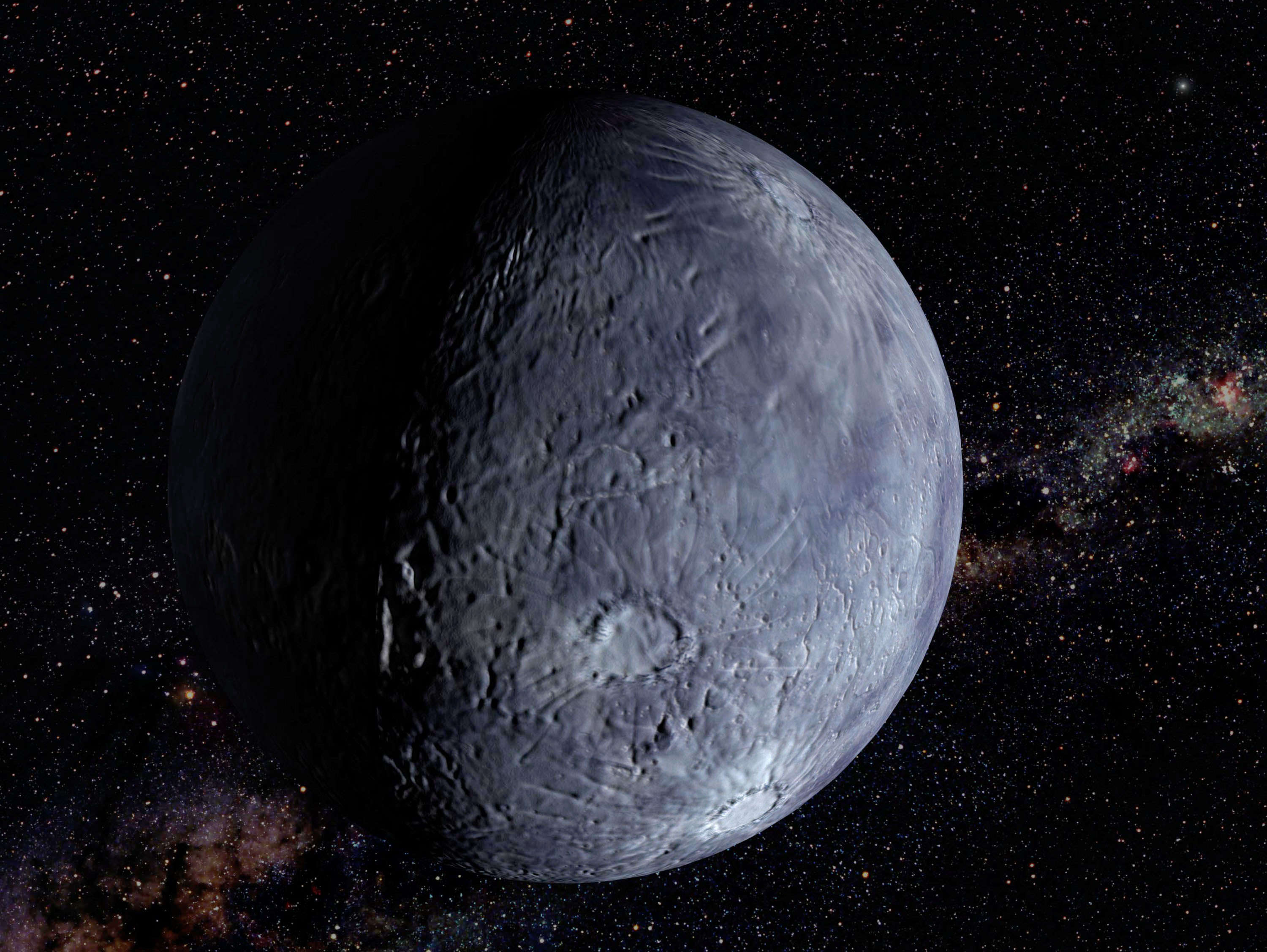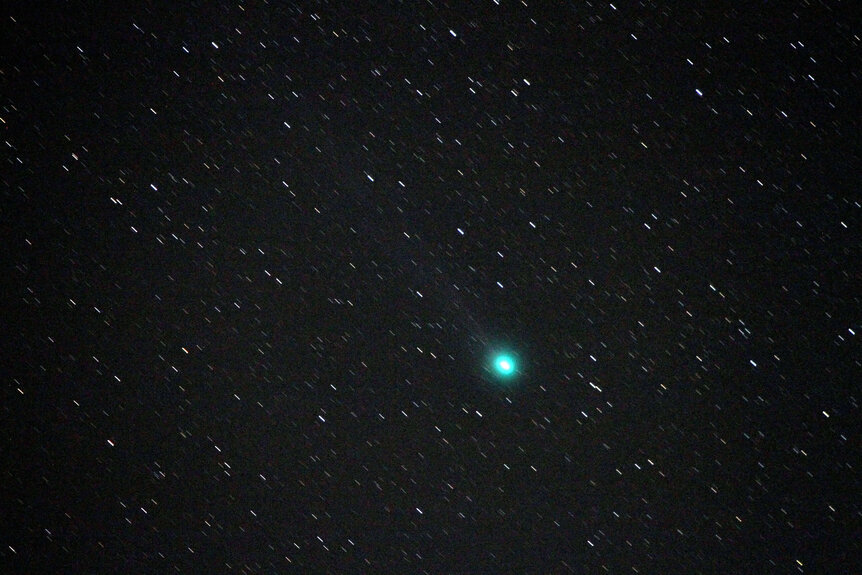Create a free profile to get unlimited access to exclusive videos, sweepstakes, and more!
More than 450 unknown objects had been lurking unknown in the Milky Way until now

The outer solar system is a strange place. There are things flying around that we can hardly imagine — until we find them, that is.
If New Horizons was able to find something as bizarre as Arrokoth out there, then imagine what else might randomly fly by someday. Most of these objects are creeping around beyond Neptune and are so faint that they can easily hide from most telescopes. However, the Dark Energy Survey (DES), whose purpose is really to find out how fast hypothetical dark energy is causing the universe to expand, found over 450 of them anyway.
This is not the first time the Dark Energy Survey has come across these things. The 461 new trans-Neptunian objects (TNOs) it can now add to its collection of data join 817 it had already found and cataloged. Astrophysicist Pedro Bernardinelli (whose name might be familiar because he was one of the two scientists who discovered the monstrous Bernardinelli-Bernstein comet back in July) led a study on the new finds, is now on the preprint server arXiv.
“The nature of DES for Solar System studies is both a blessing and a curse,” he told SYFY WIRE. “On the one hand, we have a very complicated dataset that covers a wide portion of the sky with no easy way to spot the motion of TNOs. On the other, we have this rich data that covers regions of the sky where people typically don't search for TNOs, and capable of finding very faint objects.”
It wasn’t exactly an accident that the DES was able to shed light on objects that might have otherwise gone undiscovered. Between 2013 and 2019, it observed the sky in infrared for 575 nights in search of phenomena that may keep expanding the universe. Bernardinelli and his team went through years of developing and upgrading software before they were able to find the original 817 TNOs that the survey had seen, which made it easier to spot the new ones. The objects discovered by the DES has leveled up the overall number of known TNOs to 3,000.
Whatever TNOs had previously been in the dark needed to be confirmed against detection simulations to make sure that the DES wasn’t just seeing things. It was highly unlikely such a survey would be inaccurate because of its immense depth, breadth and precision. It was able to scope out 300 million galaxies billions of light years from Earth, meaning that it was also acting as a sort of time machine telling us about what the early universe was like. Back then, TNOs were constantly being knocked around by the gravity of much larger bodies such as Neptune.
“By studying the current orbits of TNOs, in a statistical sense, we get to try to ‘trace back’ their history and see which sequences of events in the early Solar System could form the different TNO populations that we see now,” Bernardinelli said. “For example, differences in how fast Neptune migrated lead to differences in the orbital properties of TNOs.”
Not all TNOs came from the same place, either. Many were interstellar objects that ended up being solar system trespassers which have now been here for aeons. It is thought that more chunks of rock and ice in the mysterious Oort cloud come from other star systems than our own. Even Pluto is technically a trans-Neptunian object. The largest TNO caught orbiting the Sun since Pluto is a Kuiper belt object known as Quaoar (shown at top), which was massive enough for Hubble to see and orbits the Sun from 4 billion miles away. No, it is not Planet 9.
Speaking of Planet 9, is it possible that this planet which may or may not exist could be somewhere among all those TNOs? There is no clear answer yet. If there is a ninth planet (now that Pluto has been demoted for a while), scientists believe it will be a TNO the size of multiple Earths that orbits somewhere way further than Neptune. It is possible that the existence of Planet 9 could explain why there are so many weird things going on in the outer reaches of the solar system. Is the clustering of frozen asteroids and comet cores enough evidence?
“We have a good number of the objects relevant to the Planet 9 hypothesis, and our statistical tests show no tendency towards the clustering expected under the idea of Planet 9,” said Bernardinelli. “This does not mean we are ruling out its existence; it just means that this is still an open question.”
The Dark Energy Survey is no longer running, but if Planet 9 exists and is eluding us, it may end up being the next TNO found unintentionally by something else.



























